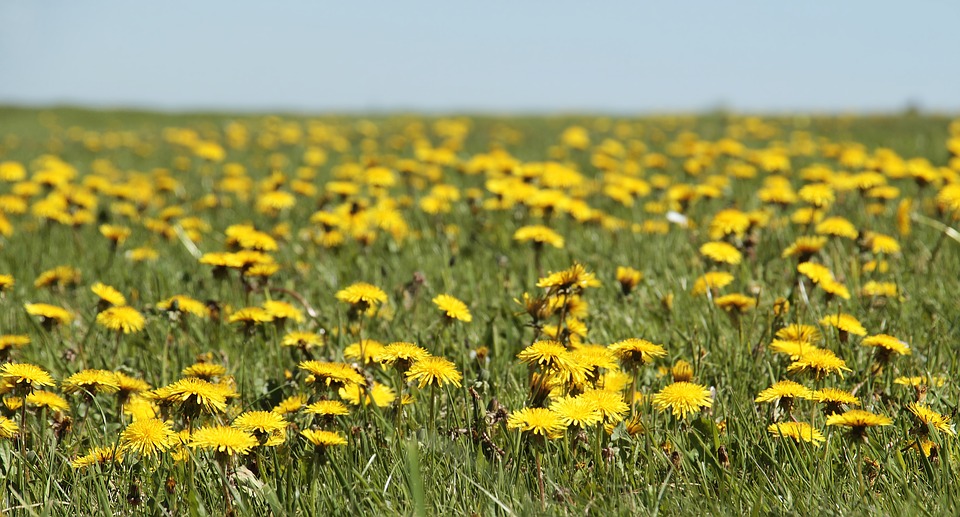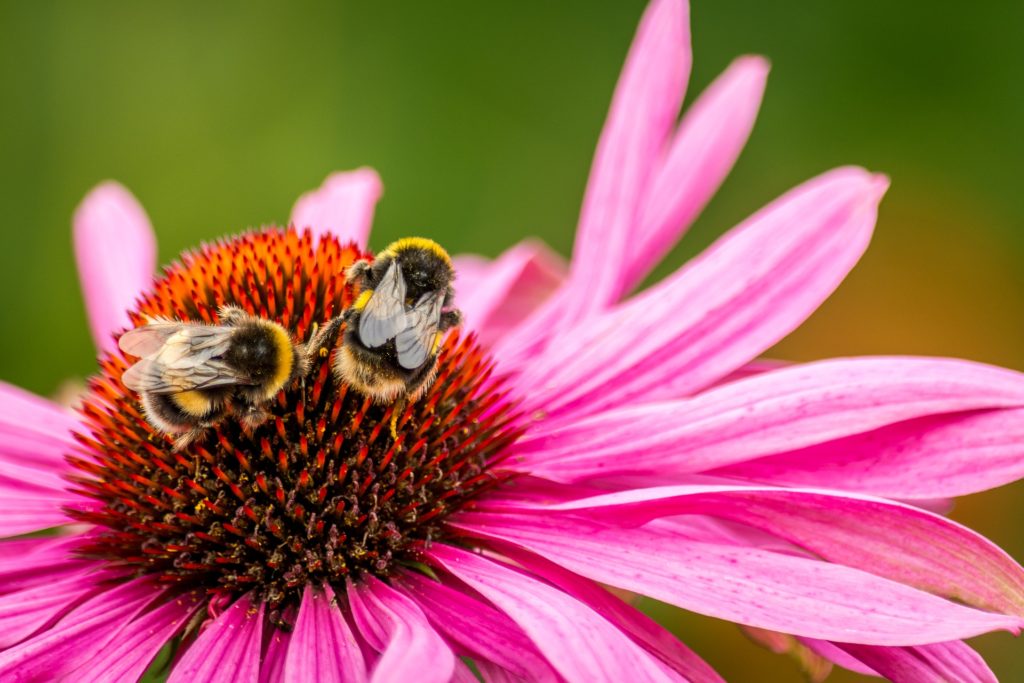
The project
will use multispecies storytelling to engage disadvantaged groups in the north
west in decision making
processes
about landscape and land use. The project follows on from the successful
‘Connecting disadvantaged young people with landscape through
arts’, ‘Stories2Connect’ and ‘Multispecies Storytelling: More than human
narratives about landscape’ projects, all of which use storytelling in
participatory ways. These projects have worked with disadvantaged and
disabled
young people, children, and diverse groups of community farm users. The methods
and learning gained from previous projects are being
brought together and synthesised to engage new audiences, collaborate with new
stakeholder organisations and develop new themes of work.
The project will use multispecies storytelling to develop multisensory artefacts about landscape that capture the voices of marginalised communities and disadvantaged groups and respond to a variety of different ways of making sense of the world. Understanding a landscape from the ‘memory’ of
an oak tree, ‘seeing’ the land as a bee might, experiencing a space as a soundscape or through touch or smell invites us to think about landscape and land use from different perspectives, through other timeframes and scales.

Multispecies approaches have been effective in engaging people with issues related to biodiversity loss and climate change and can encourage identifications and connections with land, environments and other species who inhabit them. They also prompt us to consider whose stories about landscape are being told, and who is enabled to tell them.
The project will, through new and existing partners, expand the geographical coverage of the previous projects further across the north west to reach new audiences through the partner organisations that have agreed to provide venues for exhibitions and events.
The project will utilise participatory methodologies and resources developed in the previous projects which will be applied in the co-creation of a new series of multisensory artefacts that will be curated and exhibited at different indoor and outdoor sites across the north west. The multisensory artefacts and environments developed will use multispecies storytelling and, as well as visual aspects, may also employ, for example, sound, smell, space and touch to respond to the needs and understandings of a wide range of potential users, rather than prioritising traditional or limited sensory engagements with the world. The exhibitions will be accompanied by key events to which decision makers from stakeholder groups and those organisations with vested interests in landscape and land use will be invited.
